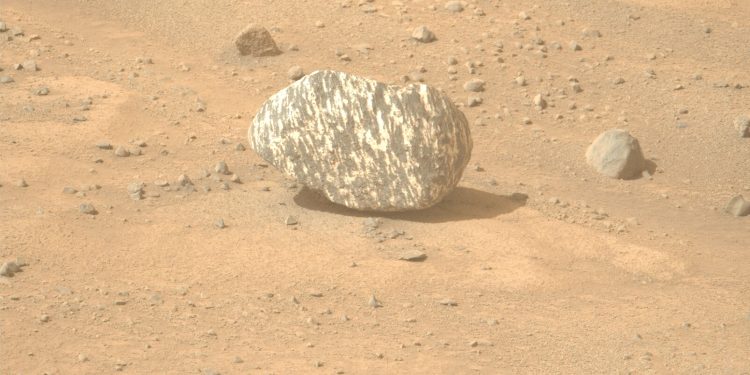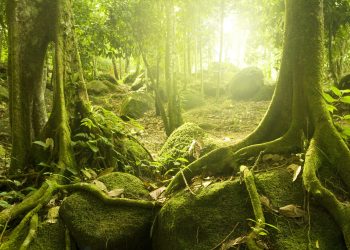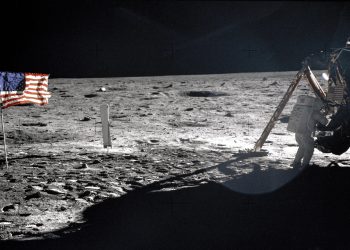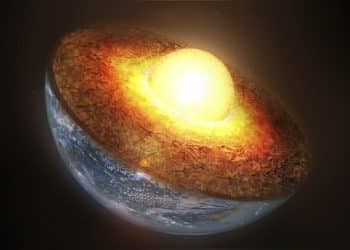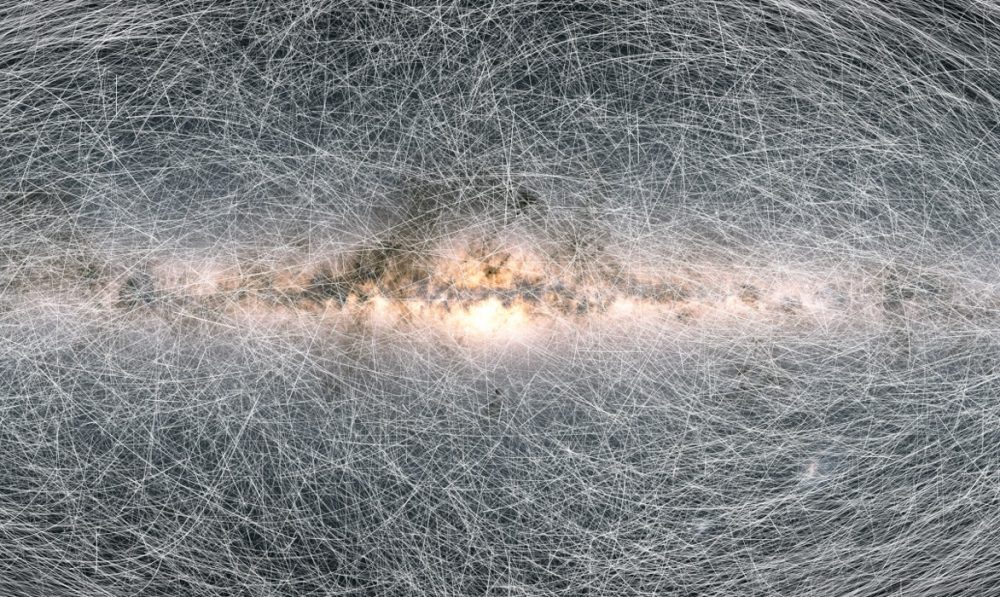Mars continues to surprise us. It has been surprising me for years. But last week, NASA’s Perseverance rover spotted an unusual black-and-white striped rock that has both scientists and space enthusiasts buzzing with excitement. Dubbed “Freya Castle,” this rock is unlike anything previously discovered on the Red Planet, sparking speculation about what secrets it may hold. Could this be a sign of more groundbreaking discoveries on the horizon?
Since its historic landing, Perseverance has been steadily making its way up the steep slopes near Jezero Crater’s rim. The goal? To uncover ancient rocks that could provide new insights into the early geological history of Mars. While the climb was slow and challenging at first, recent progress has been swift as the rover navigates flatter terrain. From this higher vantage point, Perseverance has a sweeping view of past mission landmarks, such as the iconic Kodiak butte, which stands shrouded in the dust of nearby Martian storms.
A Rock Unlike Any Other
Freya Castle, a small cobblestone measuring just 20 cm across, first caught the attention of scientists through low-resolution images from the rover’s navigation camera. Though it was barely noticeable at first glance, the rock’s unusual texture piqued the curiosity of team members. To get a closer look, they deployed the Mastcam-Z camera to capture high-definition images and multispectral data before the rover continued on its mission.
Once the data was sent back to Earth, the scientific community was captivated. Freya Castle is not just visually stunning with its alternating black and white stripes, but its unique formation has left scientists scratching their heads. Could this “zebra rock” hold clues to Mars’ mysterious past?
How Did This Strange Rock Form?
Although Freya Castle’s exact origin is still unclear, early theories suggest it may have been shaped by igneous or metamorphic processes. These processes, often associated with the formation of rocks under intense heat and pressure, may explain the striking patterns observed. However, the rock’s chemical composition remains largely unknown, leaving room for further analysis and investigation.
What adds to the intrigue is that Freya Castle is a loose stone, meaning it likely rolled down from a higher elevation, possibly from a location rich in similar rock types. This has scientists excited, as they anticipate finding more of these mysterious rocks as the rover continues its uphill journey.
Freya Castle is just the latest in a series of interesting rocks uncovered by Perseverance in recent weeks. As the rover explores the crater rim, it has encountered an increasing diversity of rocks, including large boulders at Mount Washburn. Some researchers believe these could be ancient rocks brought to the surface by the Jezero impact event millions of years ago. If this theory holds true, these findings could offer a glimpse into the deeper, more ancient layers of Martian geology.
What’s Next for Perseverance?
The discovery of Freya Castle marks a significant moment in the rover’s mission to explore Mars. As Perseverance climbs higher, the team hopes to encounter more outcrops of similar rocks that will allow them to perform more detailed analyses. The findings could potentially reshape our understanding of Mars’ geological history.
Will these new rocks help unravel the mysteries of ancient Mars? Only time, and continued exploration, will tell.



